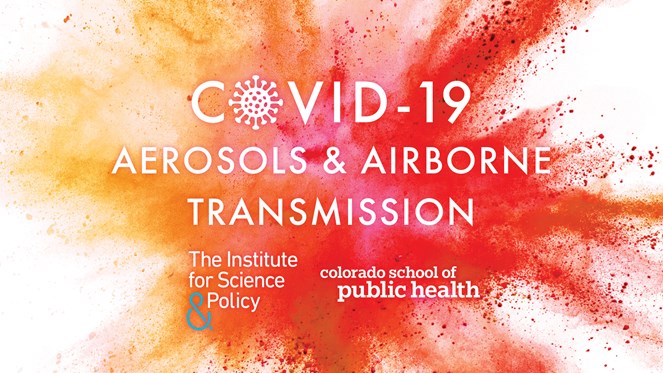COVID-19: Aerosols and Airborne Transmission
Time: 8:30 AM to 9:30 AM
COVID-19: Aerosols and Airborne Transmission
A Collaboration of the Colorado School of Public Health and the Denver Museum of Nature & Science
Monday, August 31 at 8:30 a.m.
Watch the recording and read the recap
When it comes to the COVID-19 pandemic, scientists and public health officials are still working toward consensus on a fundamental question: To what extent is transmission of the responsible virus (SARS-CoV-2) airborne and what is the size range of infectious particles? Research has shown that an infected person expels viral particles in “droplets” via sneezing or coughing and that masks, social distancing, and generally being outdoors can reduce the spread of the disease. People also produce small particles that may also be infectious. But much remains uncertain about how long those infectious droplets and smaller particles linger in the air and how far they might travel, particularly in enclosed settings. So what does the current science tell us about exposure indoors? And are there mitigation strategies that homes, schools, and businesses should think about adopting as winter approaches?
In our next episode, we’ll be joined by Shelly Miller, Professor of Mechanical Engineering at the University of Colorado Boulder, and Jonathan Samet, Professor of Epidemiology and Environmental and Occupational Health and Dean of the Colorado School of Public Health. Dr. Miller and Dr. Samet will discuss the science behind viral aerosol transmission, the emerging importance of adequate building ventilation, and takeaways from a recent interdisciplinary two-day workshop hosted by the National Academies of Sciences, Engineering, and Medicine. They’ll also answer your questions live during a moderated Q&A session.
This free public webinar is a collaboration of the Colorado School of Public Health, the Denver Museum of Nature & Science, and the Institute for Science & Policy. The session will also be streamed on Facebook Live.

